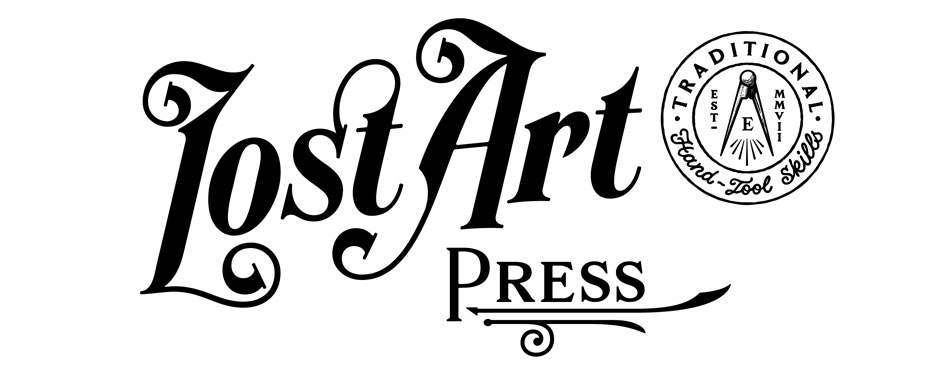If you’d like a close look at some of the details of Kaare Klint’s Safari Chair, check out this video (OK, it’s a commercial) from Carl Hansen & Søn on the piece.
You get to see the elegant cigar-shape stretchers and how the slightly tapered tenons flow into the overall shape. Plus a bunch of nice close-ups of the way the leather is attached to the wood.
I’ve seen a lot of new Roorkee/Safari chairs on the market lately, some of them with design details I rejected. On my first Roorkees I used a vegetable-tanned leather that I left natural. Heck, I even sent photos of it to Popular Woodworking to use in the article published three years ago on building them. I quickly changed my mind on the leather color, thinking it to “fleshy” – almost a “Silence of the Roorkees” look.
But several design houses are now triumphing that look – natural leather with dark wood.
I’m still not a fan.
If you want to build one of these chairs, complete plans are in “Campaign Furniture,” now in its second printing.
— Christopher Schwarz














